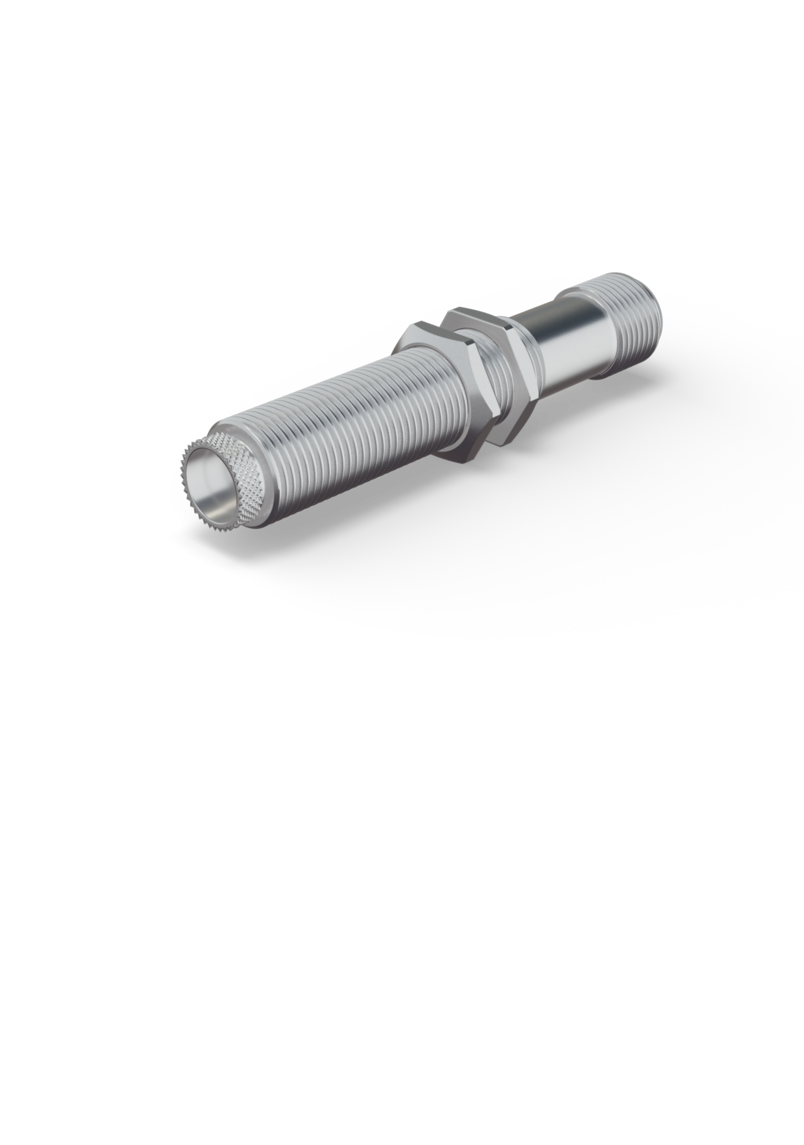Researchers Examine the Skin of an Orange Peel
Researchers Examine the Skin of an Orange Peel


The mold Penicillium digitatum is considered one of the greatest enemies of citrus fruits. In many regions in which citrus fruits are grown, it is the main cause of spoilage during storage and transport and accounts for around 90% of all losses. It attaches itself to small damaged areas of the peel, through which water and nutrients escape. Initially, a soft spot develops on the surface, which resembles a pressure point. From there, white mold tissue spreads across the entire fruit, which eventually turns green as the fungus begins to form spores. In the end, all that remains of the fruit is an empty, dry peel. A single infested orange can quickly spoil an entire crate. By the time the fungus has developed its white mycelium and is visible to the naked eye, it is already too late. That is why a method has long been sought to detect a fungal infection as early as possible. Researchers from the Leibniz Institute of Agricultural Engineering and Bioeconomy (ATB) in Potsdam and the Valencian Institute of Agrarian Research (IVIA) are now examining oranges using laser light.
In Darkened Rooms
Beyond Borders
There are methods available for testing fruit with respect to defects, pests, and many other factors after harvest. One common method includes manual inspection, in which trained personnel examines each individual piece of fruit looking for certain characteristics. In the case of oranges, for example, examination is carried out in darkened rooms under UV light, which causes escaping essential oils to glow. This allows damaged fruit to be identified and sorted out.
This process is just as time-consuming and laborious as it sounds. In addition, there is a risk that employees can be exposed to harmful UV light. You can also find out a lot about fruits and vegetables in a chemical laboratory; however, chemical methods are usually destructive. The fruit is destroyed in the process; thus, it is only possible to perform spot checks. This is not a problem when, for example, the average degree of ripeness of a banana cluster needs to be determined. However, the rotten fruit in a box of oranges can only be discovered in this way by chance. It is, therefore, important to find a fast, reliable, and non-invasive method that can be used, for example, to automatically sort out defective fruit in a sorting plant.
Measuring the Backscatter
Beyond Borders
ATB researchers test the methodology of so-called optical imaging backscatter measurements: The experimental setup consists of five dot laser modules with wavelengths of 532 nm (green), 660 nm (red), 785 nm, 830 nm, and 1060 nm (near infrared). The fruit is irradiated, alternating between one or more of these lasers. The light is reflected in two different ways. The first reflection is the classic Fresnel reflection, in which the photons are reflected at the surface of the sample. The second reflection, the so-called diffuse reflection, is much more interesting to scientists. This reflection provides information about the proportion of light that penetrates the sample.
In the sample, the light interacts with the inner parts of the fruit before it is scattered back to the tissue’s outer surface.In addition to the absorption properties, other important information about the morphology and tissue structure of the fruit can be determined. To achieve accurate results, the light must penetrate as deeply as possible into the fruit. Therefore, scientists require particularly powerful laser modules. A monochrome CCD camera is used for evaluation, which provides researchers with detailed information on the propagation of the light inside the fruit. From this information they can draw conclusions about a possible fungal infection.
Best Results with Visible Light
Beyond Borders
In the case of Penicillium digitatum, cell fluid accumulates outside the cells in the so-called apoplast. This changes the reflection behavior compared to healthy fruits. With optical measurement technology, a fungal infestation can also be detected in oranges that appear completely undamaged to the naked eye. Scientists at ATB and the Instituto Valenciano de Investigaciones Agrarias were able to prove this in their experiment at all wavelengths tested. They achieved an average success rate of around 80% even at 532 nm. This “hit ratio” increased with the number of different wavelengths that were added simultaneously. Using all five wavelengths at the same time, the average success rate was 96%; IR lasers made only a small contribution to the increase in efficiency. Scientists attribute this to the fact that visible light has a better signal-to-noise ratio due to its slightly higher scattering coefficient. In addition, NIR radiation is particularly strongly absorbed by water and carbohydrates. However, the concentration of these substances can also fluctuate strongly regardless of an infection.
New Solutions Are Needed Urgently
Environmentally friendly processes are urgently needed


The findings of the study could have a dramatic effect on the cultivation of oranges in the future. To date, the peels of citrus fruits have been treated after picking with a wax that contains fungicides and other chemicals. However, new findings and a change in public perception mean that citrus growers are now urgently looking for more environmentally friendly methods that keep the harvesting yield as high as possible. The optical method would certainly be a cost-effective alternative for sorting out infested fruit early on. However, several years will probably pass before research becomes a technology suitable for mass production.
Dr. Manuela Zude-Sasse studied chemistry and held postdoctoral positions in the USA and France. Since 2007 she has been working as a research group leader for Precision Horticulture at the Leibniz Institute of Agricultural Engineering and Bioeconomy e.V., Potsdam (ATB).
After physico-chemical oriented studies at the University of Applied Sciences, Christian Regen has been working as a test engineer at ATB for more than 10 years and is responsible for the construction and programming of test benches.
twitter.com/Prec_Hort

Click here
Products
Beyond Borders
Catalog
Beyond Borders


















